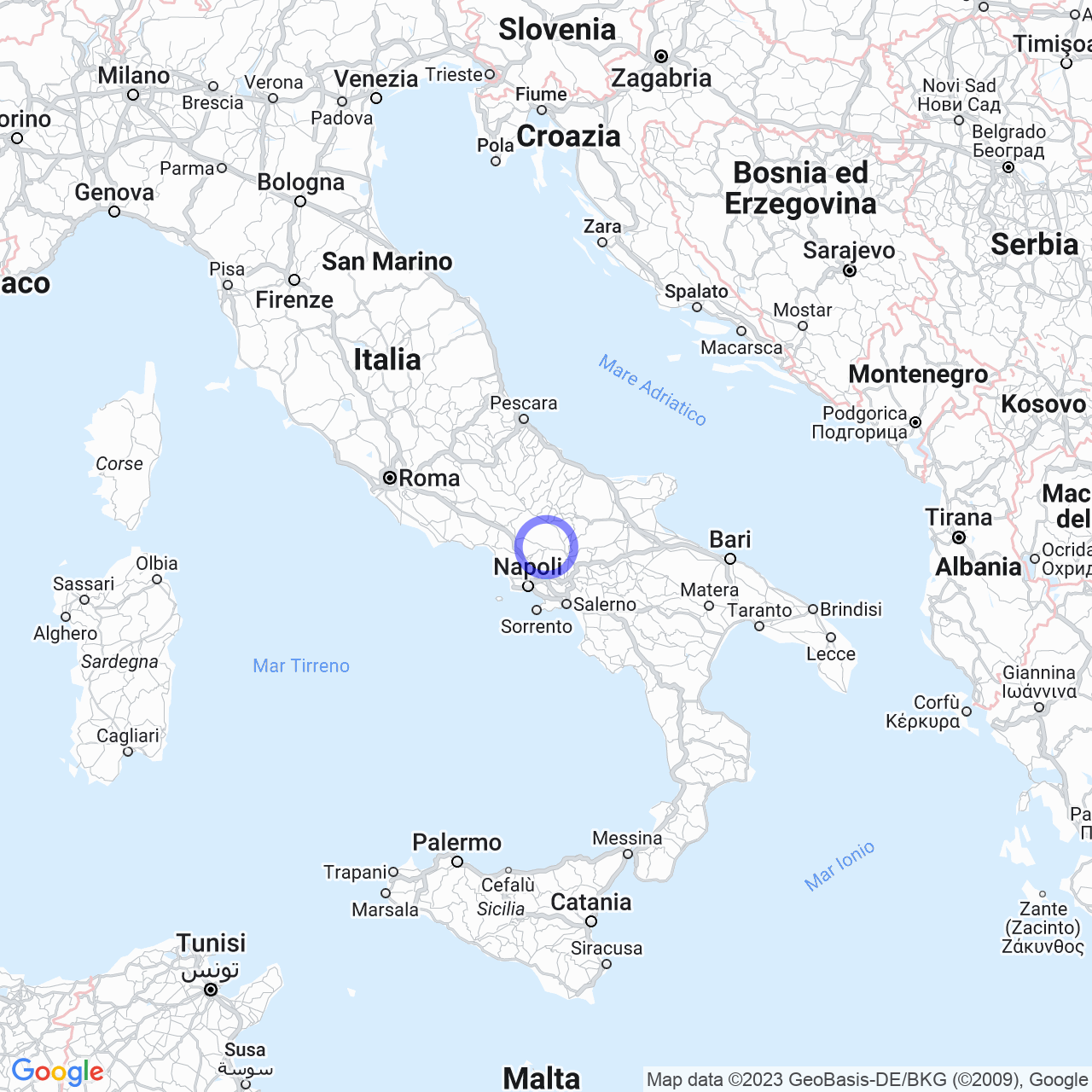San Salvatore Telesino
Welcome to San Salvatore Telesino: a charming and rich in history town
If you are looking for an authentic and charming place in the heart of Campania, San Salvatore Telesino is definitely the ideal place for you. This Italian town has about 3,817 inhabitants and is located in the province of Benevento. In this short guide, we will take you to discover the history and natural and architectural beauties of this enchanting place.
Physical geography
San Salvatore Telesino is located at the foot of a conical relief, near the Telesina State Road. One of the major attractions of the area are the springs of the Rio Grassano, which were already mentioned by the famous Leandro Alberti in the sixteenth century. The waters of the Grassano are famous for their freshness and are a very popular tourist destination. Here you can practice water sports and enjoy the beauty of nature.
Mount Pugliano is another important attraction, with its famous "puri", dolines that can be seen by walking in the dense vegetation of the mountain. San Salvatore Telesino is part of the Titerno mountain community.

History
In the municipal territory are the remains of the ancient Samnite city of Telesia, which were involved in the Punic Wars. In the 1st century BC, a Roman colony was founded, while in the Lombard period it was the seat of a gastaldato. The Saracen raids of 847 and the earthquake of 1349 led to the abandonment of Telesia.
It was in this context that San Salvatore was born: the monks of the Benedictine monastery dedicated to Saint Savior welcomed a group of refugees, giving them a piece of land on which to build the new settlement. The village was called "Casale di San Salvatore" as proof of its monastic dependence.
Later, the Casale di San Salvatore remained under the sovereignty of the abbey for several centuries. In the medieval period, the settlement of "Massa Superiore" developed near the fortress. After the decline of the Benedictines, the feud passed to Giovanni Monsorio and later to the Carafa, who held it until the abolition of feudalism in 1806. In 1532, San Salvatore had 32 families, which became 26 after the plague of 1656. The earthquake of June 5, 1688 caused serious damage to the city. Since 1861, the municipality has been part of the province of Benevento.
Symbols
The coat of arms of the municipality, described in the statute, represents a square tower with Ghibelline battlements, whose summit is surmounted by a black double-headed eagle, standing on a green serpent.
Monuments and places of interest
San Salvatore Telesino boasts many architectural and religious beauties that are worth visiting. The Benedictine Abbey of the Most Holy Savior, built around the 10th century, is one of the main attractions of the town. The first abbot of whom there is news is Leopoldo, mentioned in 1075. In 1098, Abbot Giovanni received St. Anselm of Aosta, who according to some historians completed his work "Cur Deus Homo" there. Abbot Alessandro Telesino, a man of great culture and political skills, made the religious complex live its period of greatest splendor from 1127 to 1143. In 1343, Abbot Vito had to quell a revolt of the inhabitants of the fief of Castel Campagnano, who refused to pay the tithe to the abbey.
Continuing our journey into the history of San Salvatore Telesino, it is worth mentioning the Roman Amphitheater, located in the north-western part of the city. Dating back to the 2nd century AD, the theater could accommodate about 5,000 spectators. Today archaeologists are trying to restore and preserve this historical heritage.
Finally, religious education has always been an important part of life in San Salvatore Telesino. The Church of Santa Maria Assunta in Cielo is an important place of worship for believers and is located next to the Town Hall.
Conclusions
San Salvatore Telesino is an authentic and rich in history town that offers many natural and architectural beauties to visitors. Visiting this splendid place is an unforgettable experience for those who want to discover the culture and traditions of this part of Campania.
